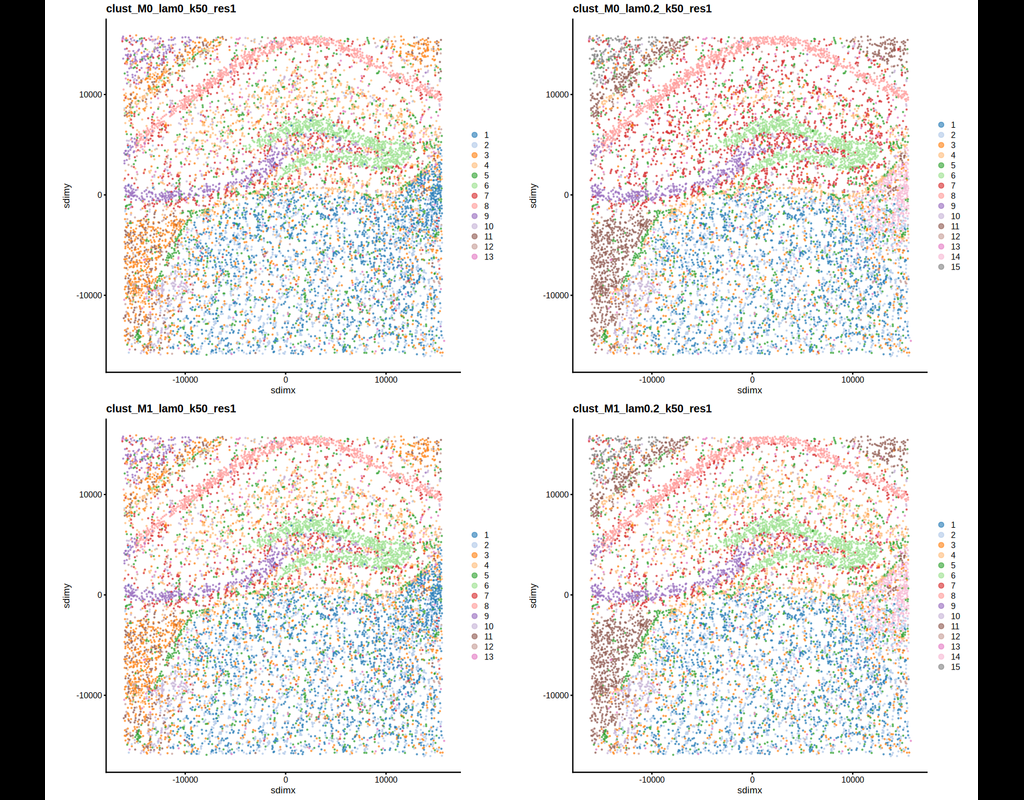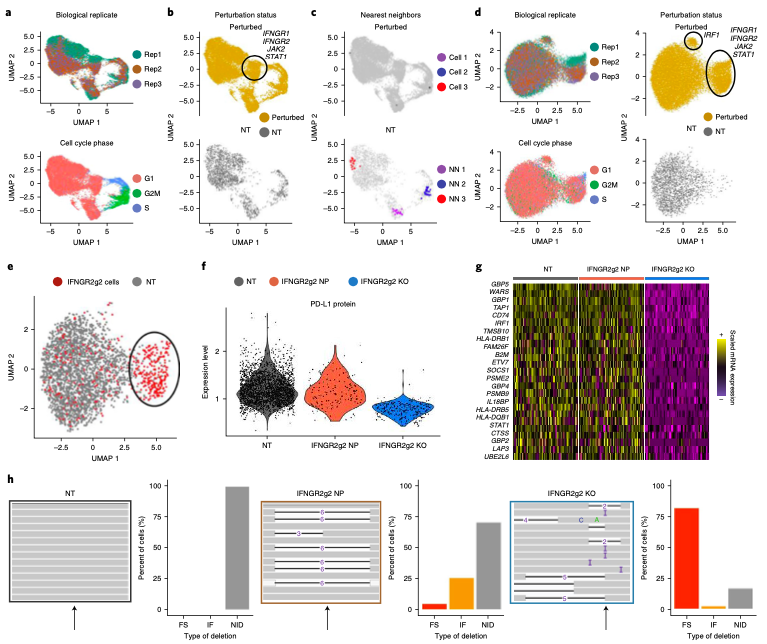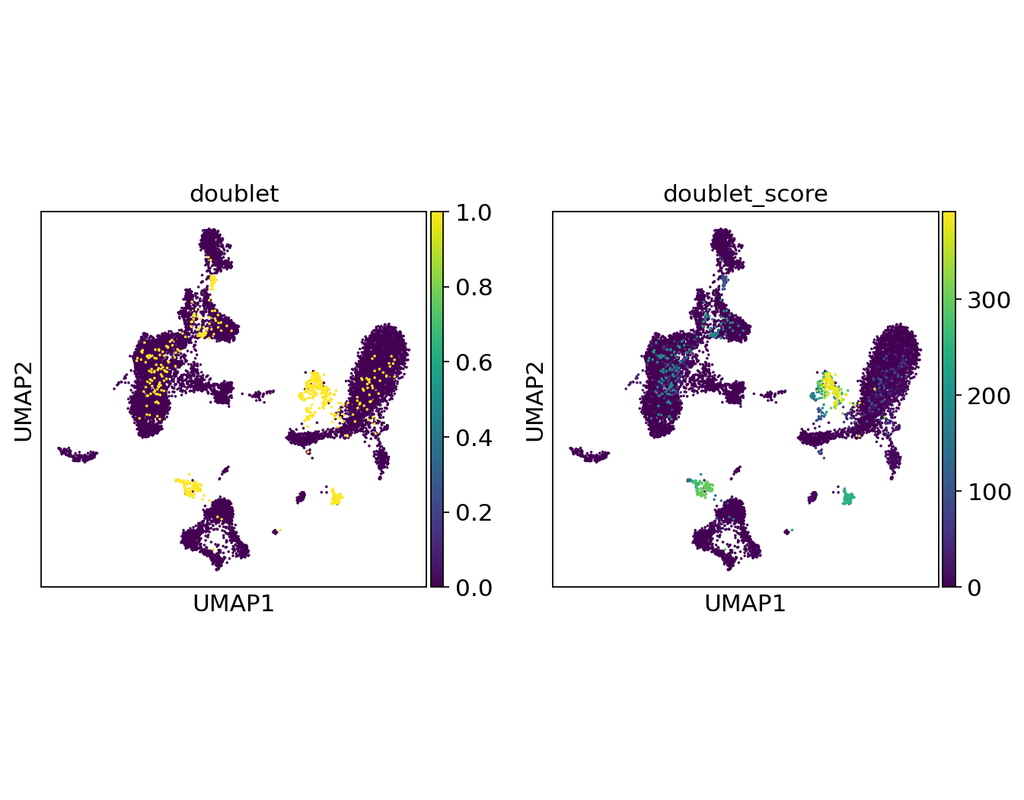Notebooks
Premium
Trends

BioTuring
BANKSY is a method for clustering spatial omics data by augmenting the features of each cell with both an average of the features of its spatial neighbors along with neighborhood feature gradients. By incorporating neighborhood information for clustering, BANKSY is able to:
* improve cell-type assignment in noisy data
* distinguish subtly different cell-types stratified by microenvironment
* identify spatial domains sharing the same microenvironment
BANKSY is applicable to a wide array of spatial technologies (e.g. 10x Visium, Slide-seq, MERFISH, CosMX, CODEX) and scales well to large datasets.
| Notebooks |
|---|







